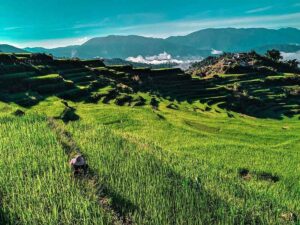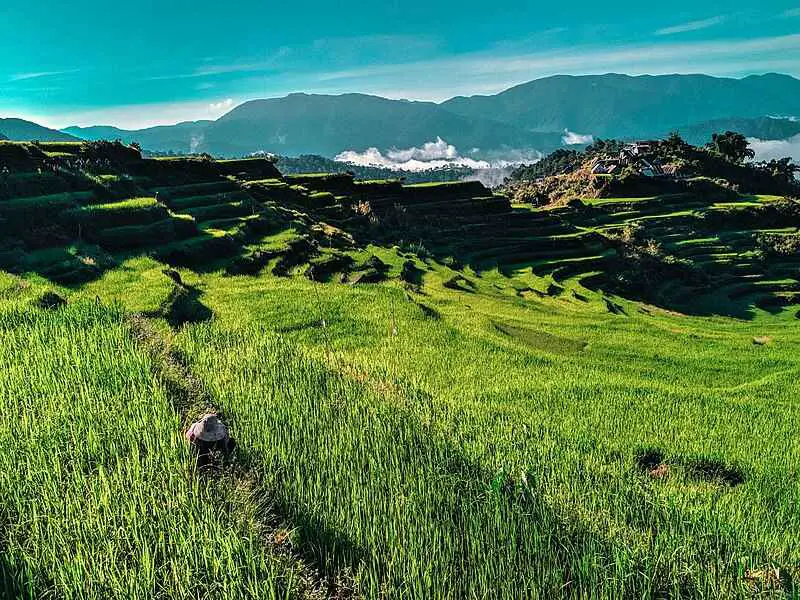Terrace Farming Definition, Advantages and Disadvantages Explained
Terrace farming is a practice of sustainable agriculture which aims to protect sloping farmlands by segmenting the slope into a series of successive, flat platforms called terraces. This article discusses terrace farming definition, advantages and disadvantages, as outlined below;
-Terrace Farming Definition: 3 Ways to Define Terrace Farming
-Advantages of Terrace Farming
-Disadvantages of Terrace Farming
Terrace Farming Definition: 3 Ways to Define Terrace Farming
The simple definition of terrace farming is as follows;
Terrace farming is a sustainable agricultural practice employed in steep undulating areas, by cutting or constructing a series of steps or ridges called 'terraces' in a downslope direction, to protect soil from erosion [1].
It is called terrace farming simply because of the use of terraces or slope cuttings. Other names for terrace farming are; step farming, terrace cultivation and terracing.
Below is an alternative terrace farming definition that mentions some examples of terrace farming, in a bid to provide further clarity;
Terrace farming is the act and process of protecting sloping land by creating steps along the slope during cultivation, with examples such as the terracing of rice, wheat and tea fields in Indonesia, China, Italy, the Philippines, and the Mediterranean [2].

Lastly, the terrace farming definition is outlined to include benefits of terrace farming, as follows;
Terrace farming is a type of sustainable farming whereby sloping farm land is cut into a series of successive platforms that are each in the form of flat perpendicular surfaces like steps; with benefits like; soil conservation, water conservation, increased accessibility and productivity, and mitigation of hazards like landslides and erosion.
Advantages of Terrace Farming
Advantages of terrace farming are;
1). It mitigates soil erosion and landslides by reducing runoff and increasing slope stability
2). Improved land fertility and productivity
3). Effective soil and water conservation
4). May help to address food insecurity in hilly geographic areas
5). Is a sustainable approach for long-term use
Disadvantages of Terrace Farming
Disadvantages of terrace farming are;
1). Labor-intensive procedure
2). Could be time-consuming
3). Terracing may cause excessive water saturation of slopes with increased danger of collapse
4). Poorly constructed terraces can increase erosion and soil degradation
5). Continuous maintenance of terraces is required
Conclusion
Terrace farming is a sustainable method of farming in hilly areas that involves constructing successive step-like surfaces downslope to protect soil and crops.
Advantages of terrace farming are; erosion mitigation, improved fertility and productivity, soil and water conservation, increased food security, and long-term sustainability.
Disadvantages of terrace farming are; labor and time demand, excessive water saturation, risk of poor construction, and rigorous maintenance.
References
1). Brown, T.; Walsh, K. J.; Fallu, D. J.; Cucchiaro, S.; Tarolli, P. (2021). "European agricultural terraces and lynchets: from archaeological theory to heritage management." World Archaeology 52(4):1-23. Available at: https://doi.org/10.1080/00438243.2021.1891963. (Accessed 23 February 2023).
2). Zhang, J.; WangN Y.; Zhang, Z. H. (2014). "Effect of terrace forms on water and tillage erosion on a hilly landscape in the Yangtze River Basin, China" Geomorphology 216. Available at: https://doi.org/10.1016/j.geomorph.2014.03.030. (Accessed 23 February 2023).





